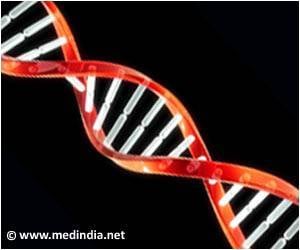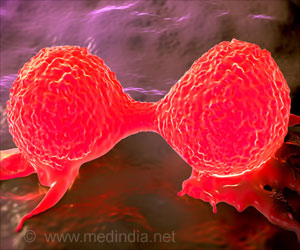A discovery that scientists hope will lead to the development of a powerful new way of treating an aggressive form of breast cancer was reported by scientists at CSHL.

When they treated mice modeling HER2-positive breast cancer with a PTP1B inhibitor called MSI-1436 (also called trodusquemine), Tonks and colleagues inhibited signaling by HER2 proteins.
"The result was an extensive inhibition of tumor growth and prevention of metastasis to the lung in HER2-positive animal models of breast cancer," notes Navasona Krishnan, Ph.D., a postdoctoral investigator in the Tonks lab who performed many of the experiments and is lead author on the paper reporting the results.
Dr. Tonks discovered PTP1B some 25 years ago. It is an enzyme – one in a "superfamily" of 105 called protein tyrosine phosphatases (PTPs) -- that perform the essential biochemical task of removing phosphate groups from amino acids called tyrosines in other proteins. Adding and removing phosphate groups is one of the means by which signals are sent among proteins.
PTP1B for many years has been a target of interest among drug developers. It is well known to be a negative regulator of insulin – an antagonist of insulin signaling -- and of signaling by leptin, the hormone that helps regulate appetite. Drugs that can block or inhibit the action of PTP1B have great potential in controlling diabetes and obesity. Yet properties of the molecule -- involving both its charged active binding site and its shape – have stymied potential developers of inhibitory drugs.
The new paper by Tonks and collaborators importantly reveals an alternative binding site, called an allosteric site, that does not present the biochemical difficulties that the active, or "catalytic," binding site does. This allosteric site is a target of the candidate drug trodusquemine.
Advertisement
Source-Eurekalert















